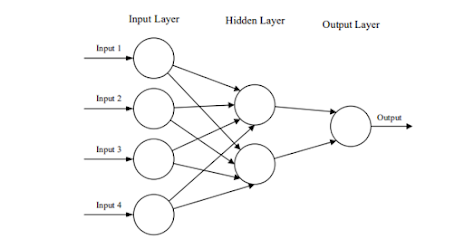Introduction:
The depletion of fossil fuel resources has emphasized the need for alternative sources of energy and to improve the performance, combustion, and emission characteristics of existing internal combustion engines. Exhaust flue gas loss is the major loss that affects the performance of the engine. Researchers have used techniques such as exhaust gas recirculation (EGR) to reduce NOx emissions. Hountals et.al (2008) verified the effect of using cooled EGR gas temperature on turbocharged DI heavy-duty diesel engines. Different technologies such as thermoelectric generation, bottoming Rankine cycle, and six-stroke cycle have been explored for potential energy savings and improvement in performance.
Researchers have been trying to improve the thermal efficiency of diesel engines by applying different techniques. Thakar et al (2018) designed a counter flow shell and tube heat exchanger, Tilmann Abbe Horst et al (2013) developed a dynamic model of heat exchanger for exhaust gas recovery, Saiful Bari & Shekh Hossain (2013) experimented with two heat exchangers to estimate exhaust heat recovery, Hui Xie & Can Yang (2013) studied heavy-duty diesel engines for waste heat recovery using Rankine Cycle System (RCS) model, Love et al (2012) tested thermoelectric devices on a test bench to improve performance of waste heat recovery systems.
Experimental Analysis:
The experimentation was conducted on a 3.5 kw capacity 4-stroke single-cylinder stationary diesel engine with a counter flow shell and tube heat exchanger. Six configurations were tested: Diesel without Heat Exchanger (WHE), Diesel without Heat Exchanger (WHE) and 6% EGR, Diesel with Heat Exchanger (HE), Diesel with Heat Exchanger (WHE) and 12% EGR, and Diesel with Heat Exchanger (WHE) and 12% EGR. The data acquisition device was NI USB-6210, 16-bit, 250kS/s.
Results:
The variations of the various performance parameters of the engine with respect to load are given below:
1. Brake thermal efficiency-
Brake thermal efficiency was decreased with diesel heat exchanger, 2.94% at part load and 18% at full load, and decreased with heat exchanger and 12% EGR.
2. Volumetric Efficieny-
The volumetric efficiency of a diesel engine with a heat exchanger and exhaust gas recirculation varies with load, with decreased efficiency with a heat exchanger and 6% EGR at 75% load and almost unchanged at all loads.
3. Brake specific fuel consumption-
Brake specific fuel consumption is decreased with an increase in load for base gasoline and with a decrease in fuel consumption for diesel with a heat exchanger. This is due to the increased BSFC value of air in the heat exchanger, which improves the combustion in the cylinder. It is observed that the same fuel consumption remains the same for both diesel and heat exchangers, with 6% EGR (Energy Return on Investment) at 50% load.
4. NOX emissions-
NOx emission increases with increasing oxygen content and injection timing, due to higher temperatures and advanced injection timings. NEGR and optimization of injection timing can help avoid fixation of oxides of nitrogen, reducing the temperature of the charge.
Conclusion:
The experiment can be concluded by saying that heat exchangers are used to heat inlet air, but their efficiency is lower than diesel. Base diesel has a higher brake thermal efficiency than other configurations, while volumetric efficiency is decreased due to the heating of air.
Reference:
Credits:
Bhakti Gujarathi
SY Manufacturing









Nice Blog! Very Informative!
ReplyDelete